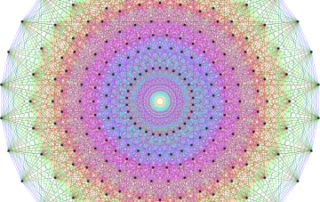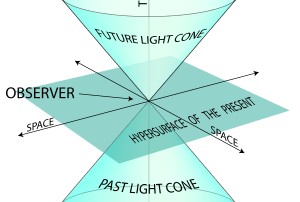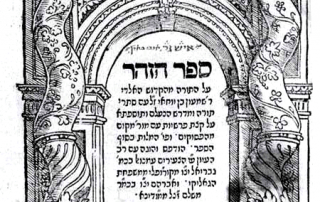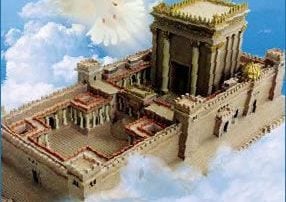In the Beginning — It’s All About Change
In the beginning G‑d created the heaven and the earth. (Genesis 1:1) The first verse in the Torah is key to understanding the fundamentals of creation. As far as physics is concerned, there are three key words in this verse, which are highlighted in bold: In the beginning G‑d created the heaven and the earth. According to Nachmanides, these three words—“beginning,” “heaven,” and “earth”—represent, respectively, time, space, and matter. It is easy to see that the “beginning” stands for time, because the “beginning” is clearly a temporal concept that sets off the beginning of time; that “heaven” is a metaphor for space, because the stars and the planets are perceived to be in the sky (i.e., heaven) when, in fact, they are moving in space;[1] and that “earth” is emblematic of matter, [...]






